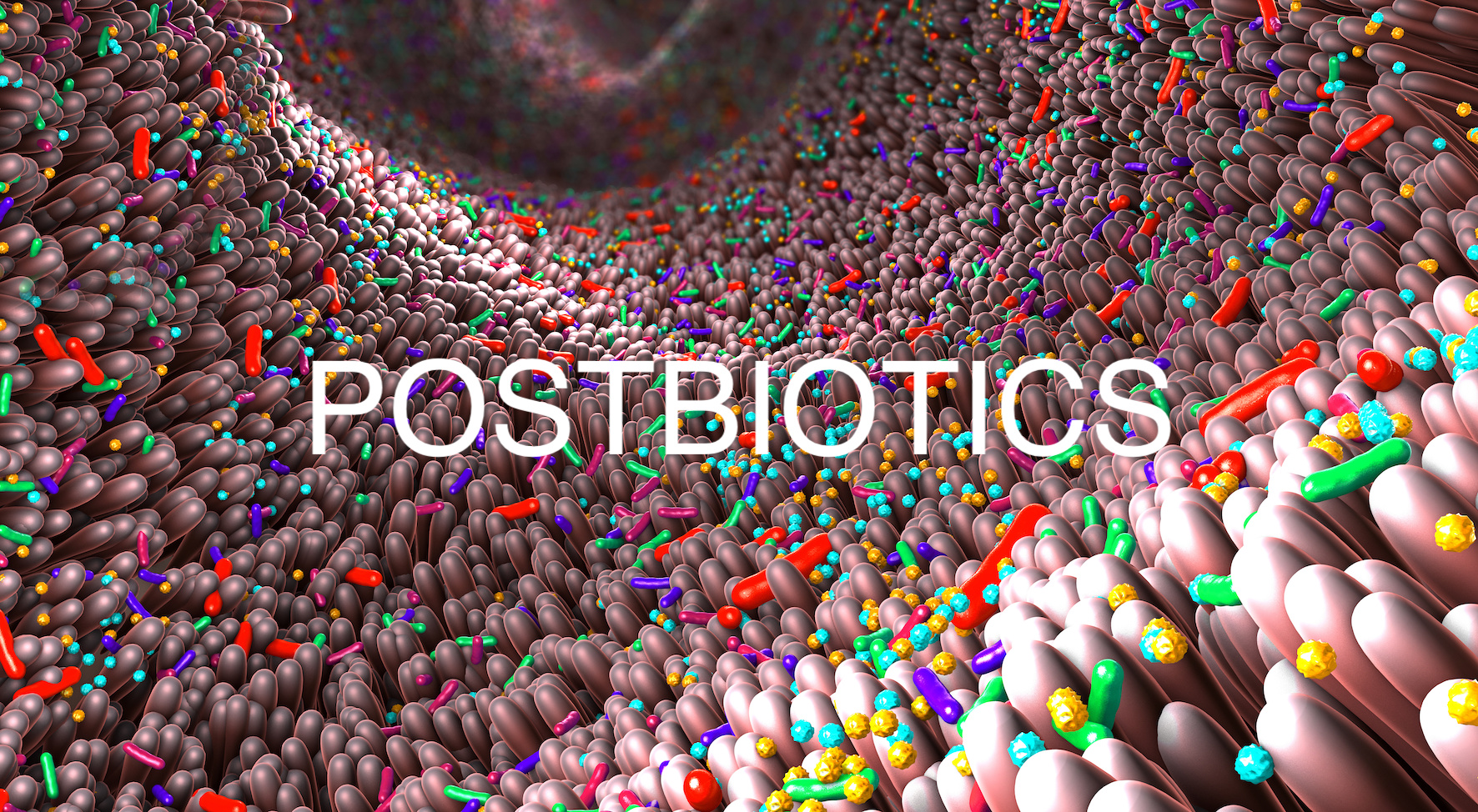by Raphaelle O’CONNOR, PhD.
With a fundamental shift in consumer attitudes and behaviour, R&D approaches have evolved over the years to meet the growing demand for nutritious, affordable and convenient foods.
Food-Tech is accelerating this phenomenon by revealing consumer unexpected and unexpressed needs. Innovators are using market research, consumer insights analysis, and expert trend-tracking to adjust the design, creation, testing and launch of successful products.
Product developers are aware of the close link between food, health and medicine, and are trying to understand what types consumers would benefit from it (vegan, vegetarian, flexitarian, reducetarian….), identifying potential windows for innovation.
By merging food science and technology, we are essentially setting-up the future food landscape, where one of the main aspects will be to identify and make commercially available alternative and sustainable protein sources. The results of this new approach are already visible: new functional ingredients that can be produced sustainably are emerging to enhance the wellness and health benefits of foods while delivering on taste and texture.
Consumer expectations are influencing how leading companies are developing and testing products. The question, however, is: do product developers and food brands have the necessary agility and technology to diversify their product lines and portfolios and meet the needs of specific lifestyles (i.e. athletes)?
The answer is not always positive.
For the last 5 years I have been exploring this dynamic space where food and technology meet. Most of the discussions I am involved in focus on shelf life, feasibility studies, costs, scale-up or technology transfer.
What I found is missing is enough emphasis on the nutrition aspects of new products.
Is that too much to ask from an industry that is supposed to feed a forever growing population suffering from multiple related (i.e. “non-communicable”) diseases?
I spent 13 years working in personalised nutrition focusing on infant formula and maternal products. No room for mistake was allowed.
Most of my time was spent on the design of robust formulations and processes to comply with stringent internal and external quality, safety and regulatory requirements. The activities revolved around scrutinised analysis, mass balances, nutritional projections and formula-fit exercises to ensure that the nutritional profile of the product – proximates, vitamins, minerals and any other parameter declared on the label – would remain stable throughout its shelf life.
When it comes to the nutritional profile of food products for “adults” (as opposed to the part of the population with very specific requirements), we are unfortunately still talking about a “nice to have.”
Since key opinion leaders, influencers and regulators are spending so much time and energy framing the nutritional needs of mums and babies, isn’t there an opportunity to carry out a similar exercise for anybody who wants to embrace specific dietary lifestyles?
The solution: personalised nutrition
“Personalised nutrition” is a key trend right now. This concept has very different meanings for different people and I will focus on the nutrition aspect of it starting with products that contain non-animal protein sources.
The nutritional breakdown of food products is very relevant for the vegan and vegetarian population. They are more susceptible to have deficiencies in their diets, so the quantitative and qualitative combination of the ingredients is critical to meet daily requirements.
Most alternative protein sources have deficiencies in essential amino and fatty acids, certain water- (B12) and fat-soluble vitamins (K2, A, D) and minerals (calcium, iron, zinc), essential amino acids, and polyunsaturated fatty acids (omega-3).
This deficit can be mitigated by combining different product categories and/or ingredients so that the overall daily intake aligns with what is recommended by science.
With other segments of the population, such as pregnant/lactating women, seniors, athletes, etc., more specific requirements and adjustments may be needed.
However, not every individual is interested or educated to carry out those rigorous measurements and calculations of weigh and, volumes. It is therefore the duty of any qualified and dedicated food technologist, nutritionist or scientist to support personalised nutrition for those consumers by communicating the true intrinsic or “innate” value of the food products they develop and launch.
In order to do that, however, product developers must acknowledge that nutrient stratification, whereby crops have reduced ability to access soil nutrients, is a common occurrence.
My proposal
The human and economic costs of poor diets are unquestionable. The global food industry has an enormous opportunity to improve those diets. From experience, I think we are being counterproductive and not necessarily addressing the right issue or going about it the right way.
Is it a strange paradigm, an artefact or a paradox that the same products we design, create and control are those that make us sick?
There is a clear need to define new models and tools for collaboration between food technologists, suppliers, manufacturers, regulators and marketers to support incremental and disruptive innovations.
As a Food Technologist, I have a responsibility on this journey.
My proposal for key players and advocates in this space is to collaborate and continue to build a database of nutritional and functional information of ingredients, so that they can be used appropriately during product development to target specific texture, taste and nutritional profiles.
This can be achieved using advanced data analysis tools and techniques. You can see a few examples of my activity in the charts below.
Objectives
In the short and medium term my objective is to leverage and support all the good work initiated by the GFI in the following ways:
- Publish harmonised methods to evaluate the functionality of commercial ingredients, starting with non-animal protein sources.
- Gather published data of nutritional profiles for all sustainable protein sources.
- Validate an appropriate algorithm based on advanced data analysis to predict complementary and synergistic behaviour in model systems.
- Develop a digital platform with key resources to deliver reliable and scientifically validated nutrition services based on the profile of functional ingredients, for the development of vegan and vegetarian products.
My long-term objectives are as follows:
- Learn how more consistency in nutritional advice will lead to more and easier business development opportunities in personalised nutrition, originally focusing on the vegan and vegetarian markets.
- The potential societally relevant value of a community enabling innovation through nutrition and health.
- Research the shifts in consumer behaviour to align communication with personalised nutrition.
Ayou joining me on this journey so that by working together we can contribute to a healthier global population and make a difference? This platform could be used for start-ups to partner with global food brands to grow and learn from each other.
Chart 1- Example of graphical representation of physico-chemical properties of proteins.
Chart 2- Graphical representation of texture characteristics of burgers made with different ingredients.
Chart 3- Graphical representation of physical and sensory characteristics of burgers made with different ingredients.
Chart 4- Comparison of sensory characteristics of cheese from 2 different protein sources.




No comments! Be the first commenter?